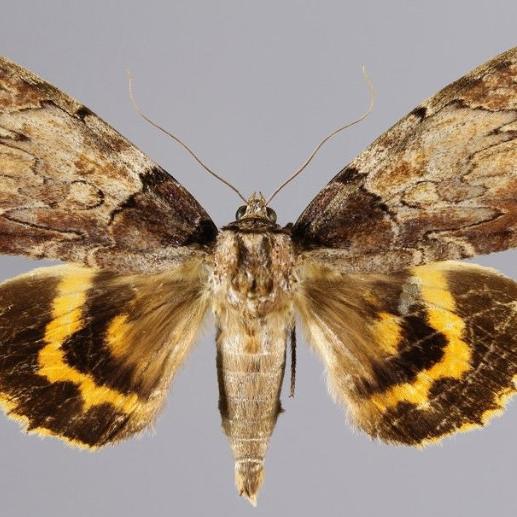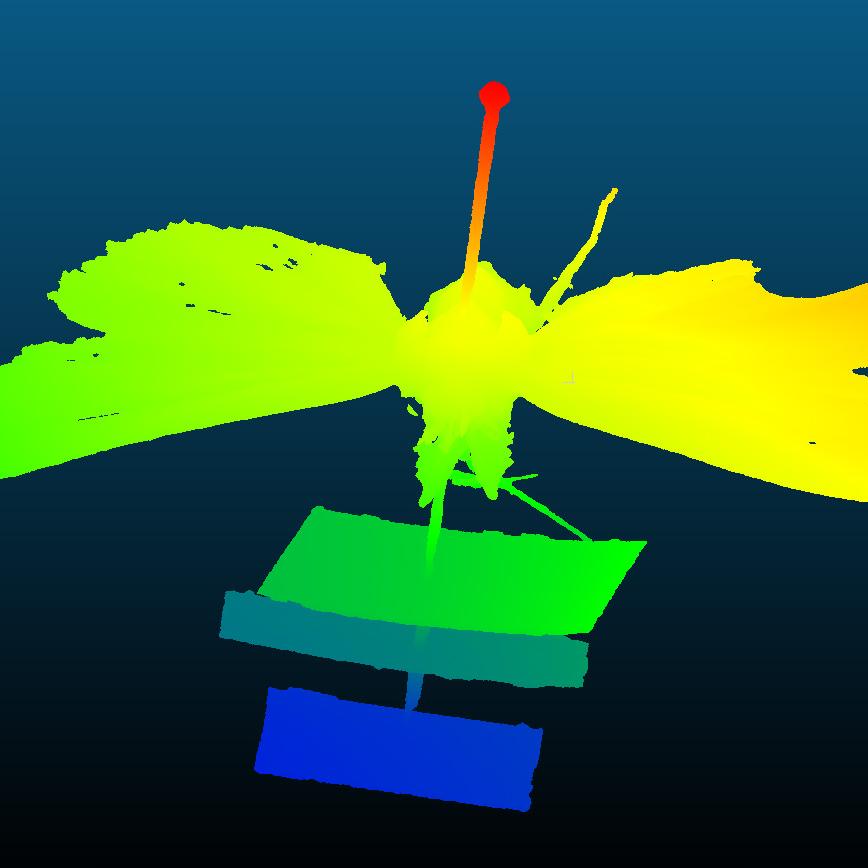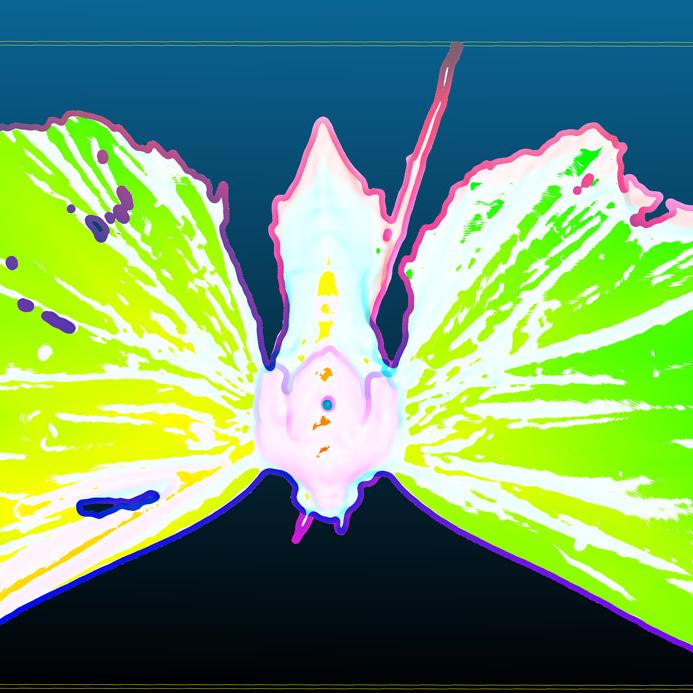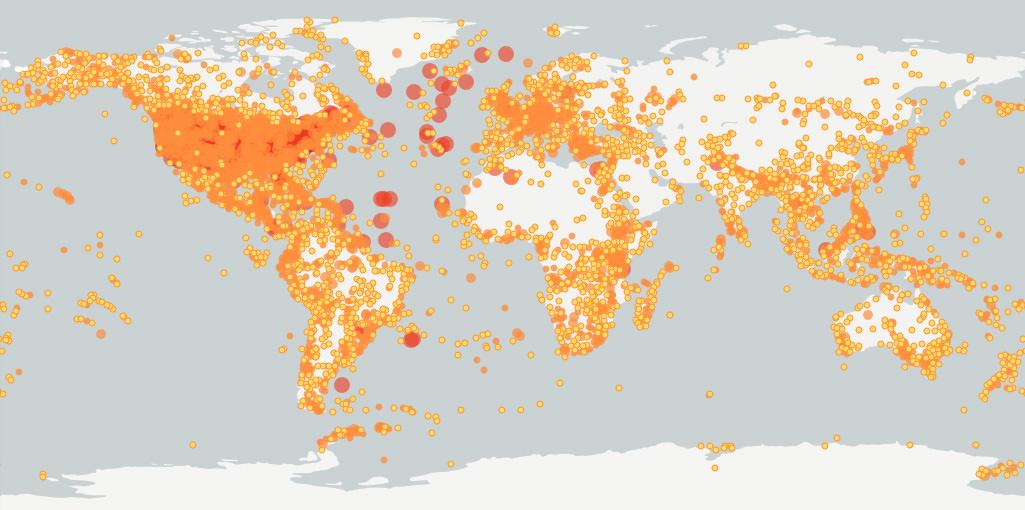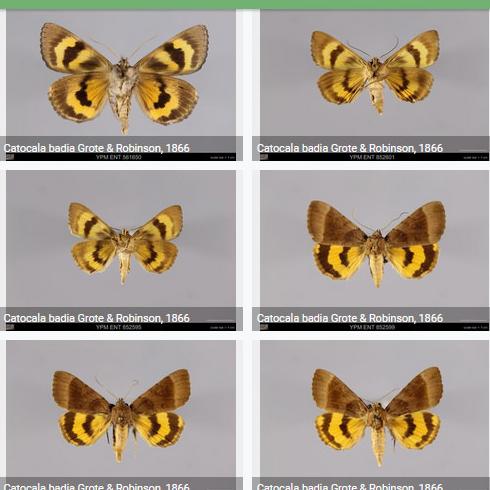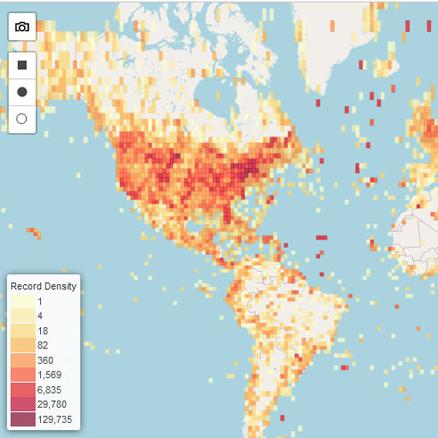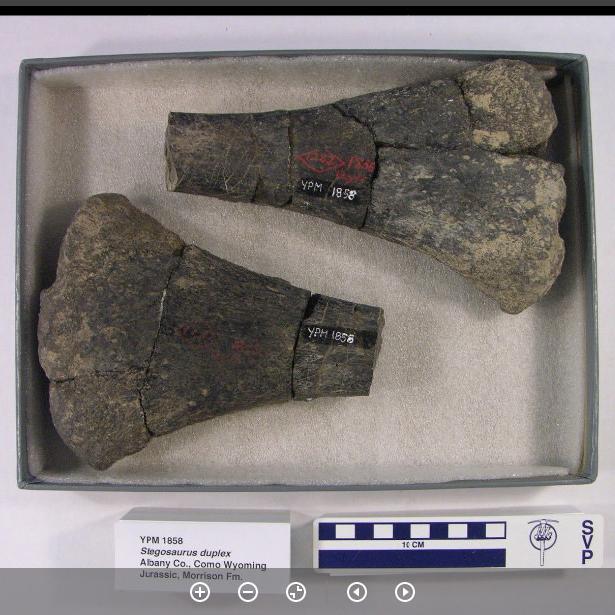The Yale Peabody Museum supports the digitization, mobilization, and analysis of collections data for research and education at the Museum, across the Yale community, and worldwide through the coordinated efforts of its Division of Informatics, Computer Systems Office, and Digital Media operations.
The Yale Peabody Museum, among the oldest, largest, and most active university natural history museums in the world, has since 1986 been innovating in the use of biodiversity informatics tools. The Peabody’s data scientists facilitate interdisciplinary collaborations and synthesize biodiversity information for research and education in projects that contribute to national and international initiatives. The Peabody’s information science and technology projects leverage digital materials produced by the Museum’s curatorial divisions and the research programs of Yale faculty curators and their students and colleagues. Efforts have focused on specimen and object metadata and digital assets for digitization projects over the past three decades. Support for these projects is supplemented by grants from the U.S. National Science Foundation, U.S. National Endowment for the Humanities, and the Council on Library and Information Resources, among others.
The Peabody’s information science staff also collaborate on digital asset management projects for other areas of the Museum and participate in Yale cross-collections discovery initiatives toward the overall goal of digitizing and making accessible Peabody’s archival collections, scientific publications, exhibitions, and educational materials.
The Yale Peabody Museum is exploring technological standards and infrastructure for the digitization, archiving, and dissemination of 2D and 3D digital assets created from natural history specimens and anthropological cultural materials. Computer modeling using photogrammetry, X-ray computed tomography (CT) scans, and related media are used for research, such as, for example, in the study of the internal structure of specimens in the Peabody’s Division of Vertebrate Zoology and ancient clay seals in the Babylonian Collection.
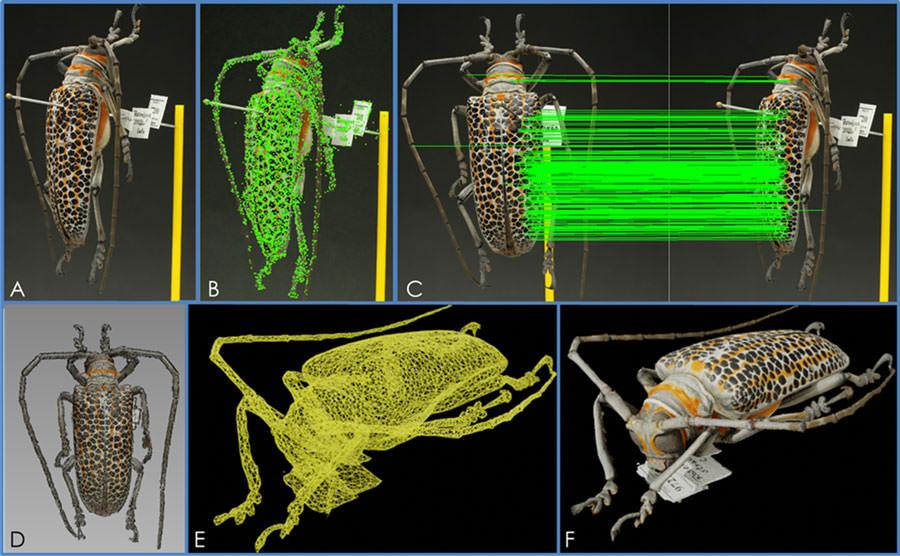
The Yale Peabody Museum’s GEOLocate Project offers software tools and an online platform for georeferencing natural history data. Georeferencing, as applied to collections, assigns geographic coordinates such as latitude and longitude to written locality descriptions for specimens and objects. Usually this includes a mapped area that shows the potential extent of the location where an item was found or collected. Georeferencing is a foundational technology for producing research in the study of biogeography, ecological niche modeling, community ecology, and the effects of land use and climate change.
The Yale Peabody Museum presently has more than 4 million specimen and object records and 1 million digital assets in its EMu Collections Management System (Axiell, Ltd.). Information about the Peabody’s collections is published from EMu into a wide variety of venues that make both data and images from the Museum’s collections available online for use by researchers, students, educators, and the general public. Examples include:
- The internationally funded biodiversity network GBIF (Global Biodiversity Information Facility) that provides open access to information about all types of life on Earth.
- The National Science Foundation’s iDigBio (Integrated Digitized Biocollections) portal that provides electronic access to millions of biological specimens.
- The Cuneiform Digital Library Initiative, an academic cultural heritage collaborative that makes ancient text available online.
- University-wide discovery services enabled through International Image Interoperability Framework (IIIF) open standards that integrate and harmonize metadata and images from Yale’s archives, libraries, and museums to make these digitized collections more useful and accessible to scholars and students.
Throughout these and other projects, the Yale Peabody Museum is engaged in finding solutions that make collection-based data capture, processing, presentation, and dissemination more efficient, accessible, and scalable.
The Yale Peabody Museum encourages the use of its collections for research, publication, exhibition, education, among other purposes. Explore more than 5 million specimens and objects currently catalogued in our collections.
Contact the appropriate collections manager with questions, particularly if you wish to publish material obtained from this service. In keeping with Yale University’s Open Access Policy, all data and images on this site are made available under a CC0 1.0 Universal Public Domain Dedication. By accessing our website and images you agree to our Terms of Use. Note that electronic collections data are only proxies for actual specimens and objects and, although these are checked regularly for discrepancies, no guarantee of accuracy is extended here.
Contact
|
Genevieve Rios
Head of Biodiversity Informatics Research,
Information Science
+1 203 432 1844
genevieve.rios@yale.edu
|
|
Gary Motz
Head of Computer Systems,
Information Science
+1 203 436 1492
gary.motz@yale.edu
|
|
Larry Gall
Senior Collections Manager,
Entomology |
|
Andy Melien
Digital Media Specialist,
Marketing & Communications
+1 203 436 9428
andrew.melien@yale.edu
|
